
A section of the northern wall of the Hue Imperial City relic was collapsed by floodwaters - Photo: NHAT LINH
After the flood, a section of the northern wall of the Hue Imperial City relic, about 15m long and 4m high, collapsed, leaving bricks scattered, so the foot of the wall is still soaked in flood water.
Above the collapsed wall is rubbish left by the floodwaters. Although the wall has collapsed, underneath many hundred-year-old bricks are still intact.
This wall is located in the section parallel to Dang Thai Than Street (Phu Xuan Ward, Hue City).
According to the Hue Imperial City security guard, the incident happened on the night of November 2. At that time, the third flood to sweep through Hue City in a week began to rise.
This section of the Imperial City wall has been in disrepair over the years and has been subjected to heavy rains and floods for the past week. The rising floodwaters have caused the wall to collapse.

The collapsed section of Hue Imperial City wall is about 15m long and 4m high - Photo: NHAT LINH
The Hue Monuments Conservation Center has put up warning ropes, prohibiting tourists and residents from approaching the incident area because of the risk that the wall could continue to collapse.
According to the report of Hue City People's Committee, during the recent historic flood, the Imperial Citadel area was flooded from 0.3 to 0.5 meters at times, many other constructions such as Gia Long, Minh Mang, Thieu Tri, Duc Duc tombs were flooded from 1 to 1.7 meters deep. The Poetry Library - where precious documents are stored - was also flooded more than 1 meter.
During his visit to inspect the flood situation in Hue, Deputy Prime Minister Mai Van Chinh asked Hue and the Hue Monuments Conservation Center to review all vulnerable relics to floods and develop long-term response plans to adapt to climate change.
Hue Imperial City is a special construction.
According to the book "Hue Imperial City" by researcher Phan Thuan An, Hue Imperial City was started under King Gia Long in 1805 and completed under King Minh Mang in 1832, after nearly 30 years of construction. This is the largest architectural work in modern Vietnamese history, mobilizing human and financial resources to build.
Hue Imperial City was built in Vauban architecture, combined with the creativity of Vietnamese architects. It is a special work located in the Hue Monuments Complex recognized by UNESCO as a world heritage site.
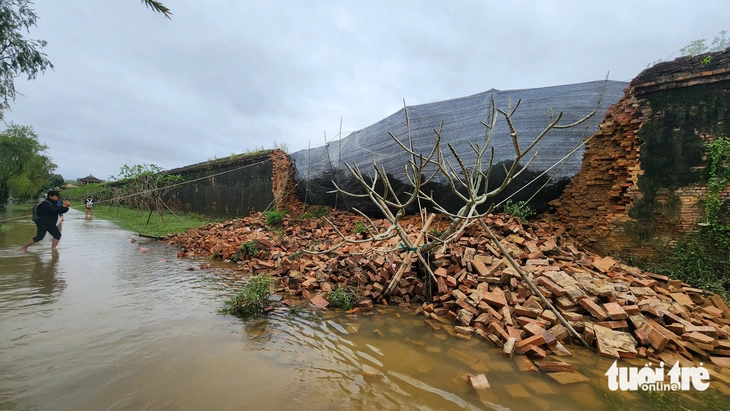
Close-up of the section of Hue Imperial City wall collapsed by flood - Photo: NHAT LINH
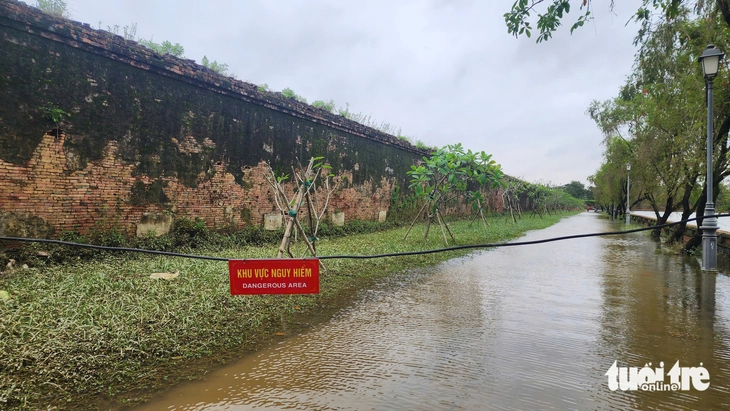
The Hue Monuments Conservation Center has put up warning ropes, prohibiting tourists and residents from approaching the collapsed section of the citadel wall because the risk of the wall collapsing is still possible - Photo: NHAT LINH

Garbage is still scattered on the brick pile of the collapsed wall - Photo: NHAT LINH
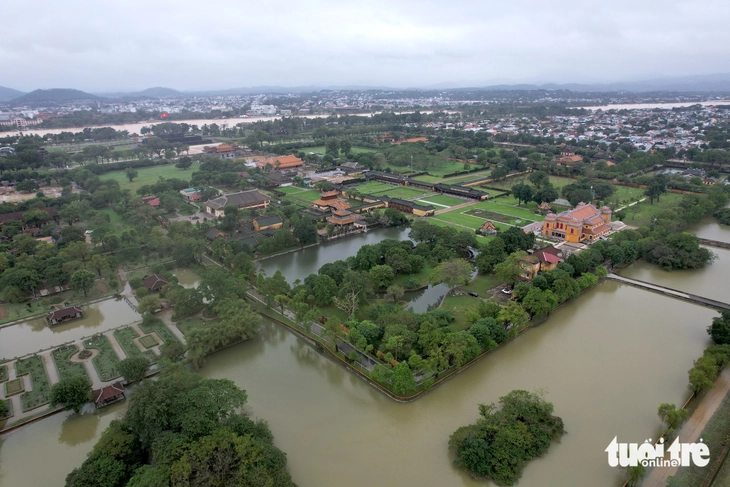
Deputy Prime Minister Mai Van Chinh has asked Hue City and the Hue Monuments Conservation Center to review all vulnerable relics due to floods and rains, and develop long-term response plans to adapt to climate change - Photo: NHAT LINH
Source: https://tuoitre.vn/dai-noi-hue-bi-lu-xo-sap-ca-mang-tuong-dai-15m-20251104122905064.htm


![[Photo] Ca Mau "struggling" to cope with the highest tide of the year, forecast to exceed alert level 3](https://vphoto.vietnam.vn/thumb/1200x675/vietnam/resource/IMAGE/2025/11/04/1762235371445_ndo_br_trieu-cuong-2-6486-jpg.webp)

![[Photo] The road connecting Dong Nai with Ho Chi Minh City is still unfinished after 5 years of construction.](https://vphoto.vietnam.vn/thumb/1200x675/vietnam/resource/IMAGE/2025/11/04/1762241675985_ndo_br_dji-20251104104418-0635-d-resize-1295-jpg.webp)
![[Photo] Ho Chi Minh City Youth Take Action for a Cleaner Environment](https://vphoto.vietnam.vn/thumb/1200x675/vietnam/resource/IMAGE/2025/11/04/1762233574890_550816358-1108586934787014-6430522970717297480-n-1-jpg.webp)

![[Photo] Panorama of the Patriotic Emulation Congress of Nhan Dan Newspaper for the period 2025-2030](https://vphoto.vietnam.vn/thumb/1200x675/vietnam/resource/IMAGE/2025/11/04/1762252775462_ndo_br_dhthiduayeuncbaond-6125-jpg.webp)


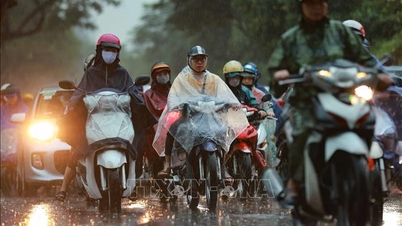





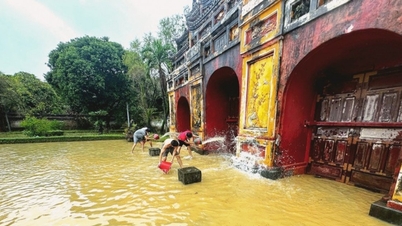





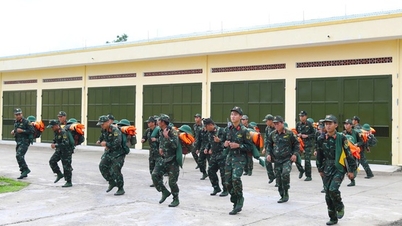


































































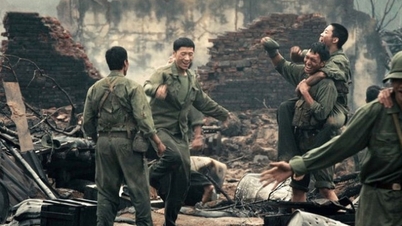










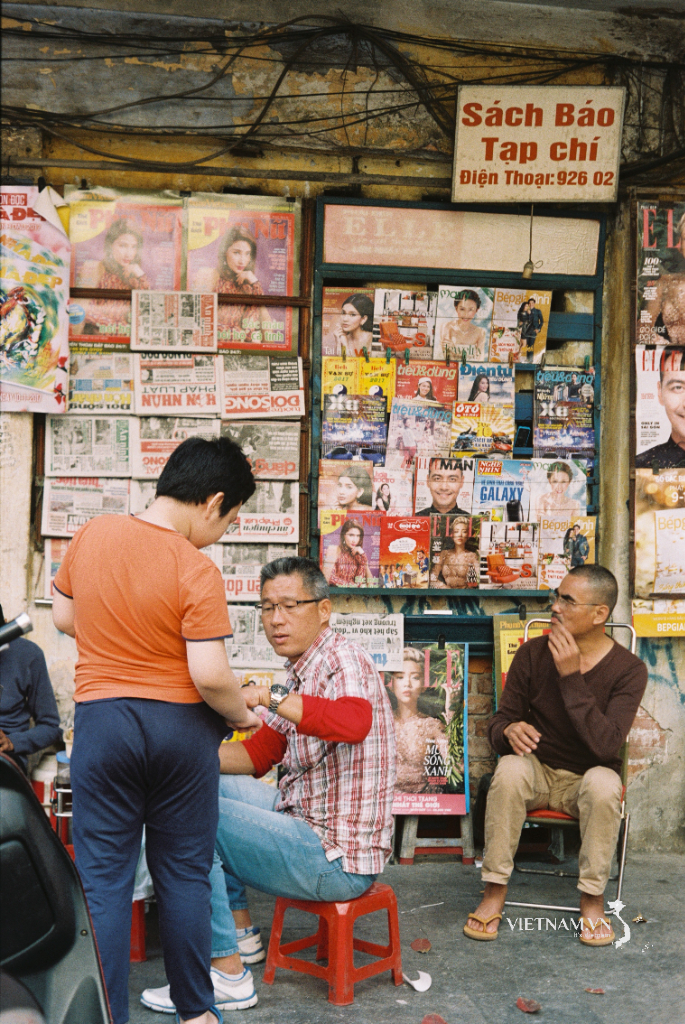



Comment (0)